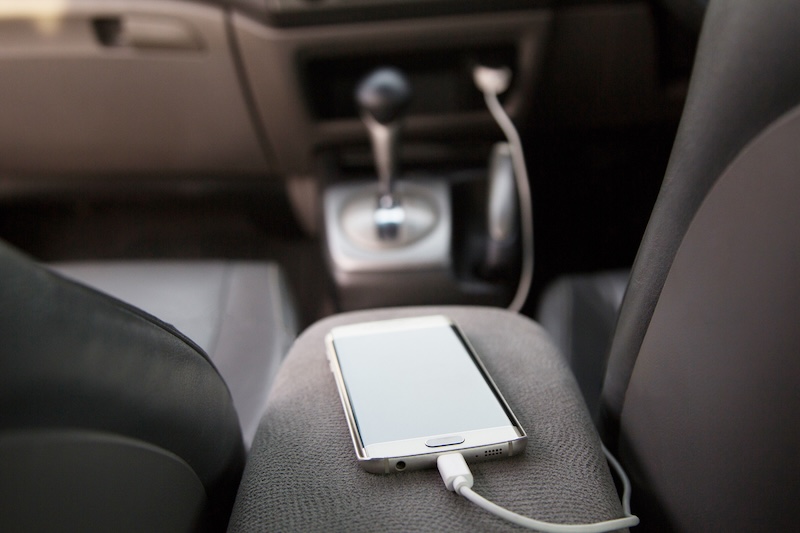How to get your car back on the road after lockdown

With non-essential travel off the cards in recent months, many of us will have found our cars doing significantly fewer miles than usual. As restrictions start to lift, there are some essential car checks you should carry out before hitting the open road once more.
Make sure your tax is up to date
Don’t let car tax slip your mind. Driving without vehicle tax could see you facing an £80 fine. If you opted to save some cash by registering for a Statutory Off Road Notification (SORN) for an unused car during lockdown, you’ll need to ensure it’s properly taxed before driving it again.
It can take up to five working days for records to update, so make sure you lift your SORN before you want to use your car.
You can tax your vehicle online or at your local Post Office. If you’re not sure whether your tax needs updating, check your car’s status on the government website.
Double-check your insurance
Driving without valid motor insurance could land you with a £100 penalty or even the maximum fine of £1,000 if your case goes to court.
If your car has been declared as off the road during lockdown, you may have opted to cancel your insurance. If your vehicle usage is likely to change over the coming months, i.e you plan to use your car more or less, it’s worth updating your insurer to see if it’ll affect your premiums.
Book an MOT
During the summer lockdown, the government offered six-month MOT extensions which applied to all vehicles due an MOT between 30 March 2020 and 31 July 2020.
MOT garages have remained open across the UK during the most recent lockdown and all vehicles will need to have a valid MOT certificate to be legal on the road.
Driving without a valid MOT could result in a penalty fine of £1,000, unless you’re on your way to a garage to get your car fixed or have a pre-booked MOT test.
Check your battery
If your car has been out of action for a while, you could find yourself with a flat battery. It’s a good idea to make your first drive at least 30 minutes long to help your battery recharge after long periods of sitting still.
If your battery is completely flat, you may need a battery charger or jump lead to get it going again. If you don’t feel comfortable doing this yourself, call a local garage or your breakdown recovery company for help.
Inspect your tyres
Making sure your tyres are in roadworthy condition is essential before setting off on any journey. Check your tyres for any obvious signs of bumps, gouges or cracks, and ensure the tread depth is at the legal minimum of 1.6mm.
Your tyres should also be inflated to your manufacturer’s recommended pressure level (you can usually find this in your car manual or on a sticker on the inside of your door). If your tyres need extra air, you should be able to do this easily at your local fuel station.
Replace your wiper blades
If your wipers leave smears and smudges on your windscreen, or you hear a squeaking sound as your blade moves across your windows, it might be time for some new wiper blades. You can also check your wipers’ condition by gently pulling the arm away from the windscreen and examining for any chips or visible damage.
You can get replacement wiper blades from most servicing and maintenance stores – you can check what size you need in your owner’s manual.
It’s also important to check your windscreen washer fluid levels at regular intervals and especially before long journeys.
Check your fluids
Allowing your car to run low on oil can increase the risk of your engine overheating. Your dashboard warning lights will let you know when your car oil is running low.
Your car manual will show you how to check and top up your oil levels. Make sure you wait until your engine is cold. Or, if you don’t feel confident doing it yourself, you can have it checked at a garage for a small fee.
As well as your oil, you should also check your coolant, brake fluid and power steering fluid levels. Again, these are relatively simple to do yourself, following instructions in the owner’s manual.
Check your lights
Every time you drive you should check all your car lights are in good working order, so you’ll be clearly visible to other road users.
Switch on your car lights, then walk around the vehicle checking each bulb individually, including your indicators. You may need someone to help you check the brake light, as you’ll need to be in the vehicle to activate it. If any lights aren’t working or seem dimmer than the others, they’ll need replacing before you drive.
You should also check that all your lights are clean and properly fitted – if they flicker when tapped it can be a sign they’re loose.
Check out 1st CENTRAL breakdown cover, so you never find yourself stranded.


